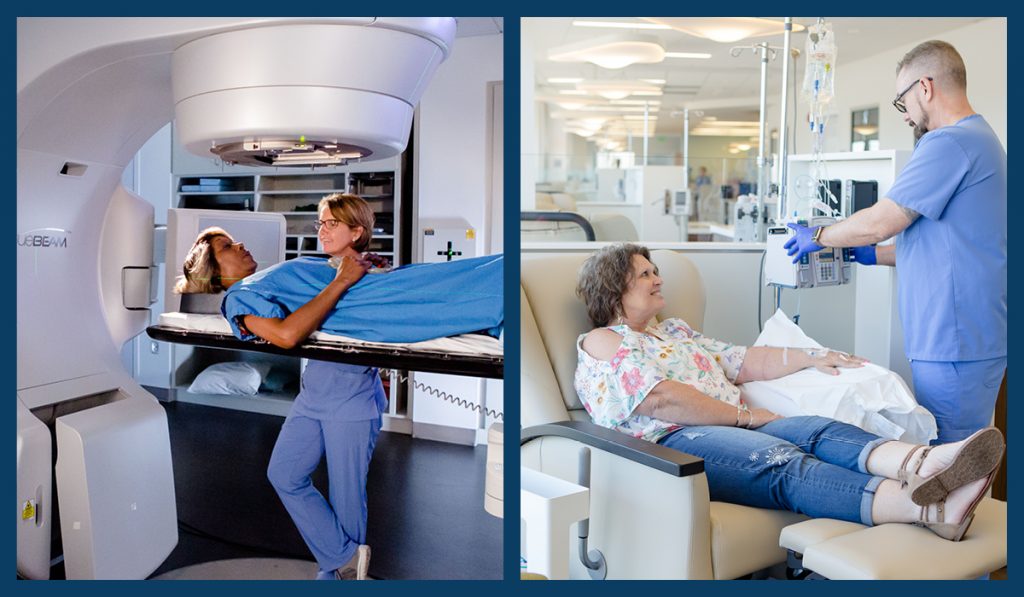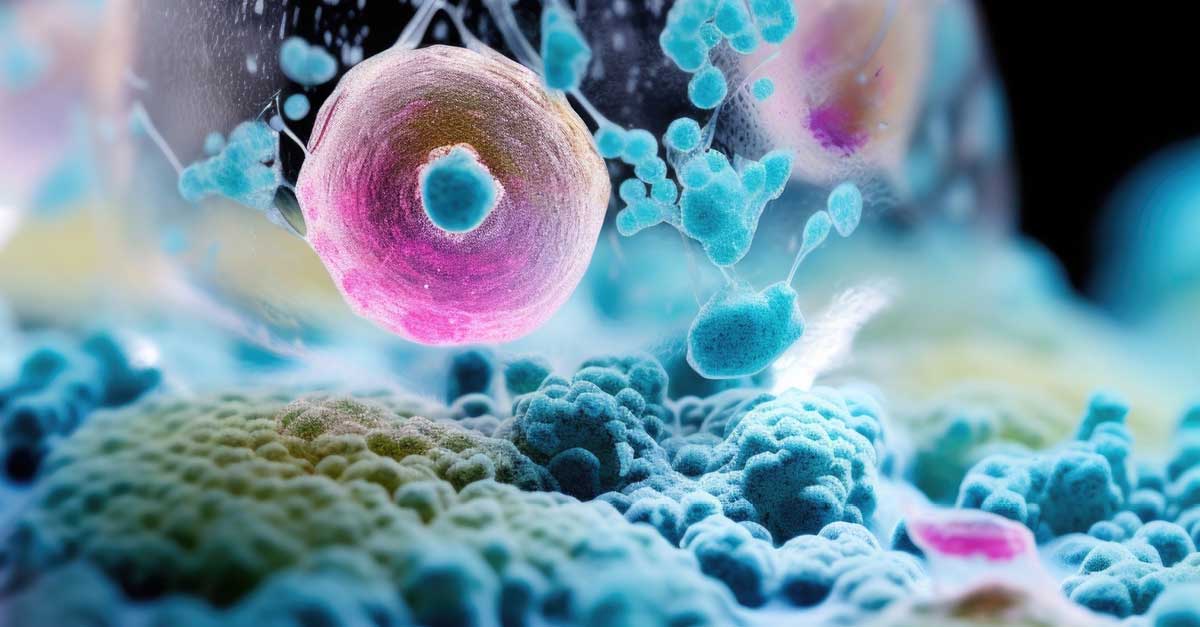Radiation and Chemotherapy: What Are The Differences?

When a patient is diagnosed with cancer, they are often presented with three main treatment options – chemotherapy radiation therapy and surgery. These can be done singularly or in combination with each other. The two most common treatments physicians recommend are radiation and chemotherapy. They both have the same goals, which are to:
- Eliminate Cancer – When used to destroy cancer cells to the point that it is no longer detectable in the patient’s body and will not grow back.
- Control Cancer – When used to keep cancer from spreading, to slow its growth or to destroy cancer cells that have spread to other parts of the body.
- Ease Cancer Symptoms – Also known as palliative care, both radiation and chemotherapy can be used to shrink tumors that are causing pain or pressure.
While they may have the same goals overall, radiation and chemotherapy have very different ways of achieving those objectives.
ABOUT CHEMOTHERAPY
Chemotherapy is a type of cancer treatment that uses drugs to destroy cancer cells. It works by stopping or slowing the growth of cancer cells, which grow and divide quickly.
ABOUT RADIATION THERAPY
Radiation therapy involves high doses of radiation being delivered directly into the tumor to kill cancer cells. This treatment option may be used to eliminate cancer or help control the disease and ease the symptoms that it causes.
DIFFERENCES BETWEEN CHEMOTHERAPY AND RADIATION THERAPY
The key difference between the two is their delivery method.
Chemotherapy
Chemotherapy can be delivered in many ways, including:
- Intravenous (IV): The chemotherapy goes directly into a vein.
- Orally: The chemotherapy comes in pills, capsules or liquids that the patient swallows.
- Injection: The chemotherapy is given by a shot in a muscle in the arm, thigh or hip, or right under the skin in the fatty part of the arm, leg or belly.
- Intra-arterial (IA): The chemotherapy goes directly into the artery that is feeding the cancer.
- Intraperitoneal (IP): The chemotherapy goes directly into the peritoneal cavity, or the area that contains organs such as your intestines, stomach, liver, and ovaries.
- Topically: The chemotherapy comes in a cream that patients rub onto their skin.
The frequency and interval of chemotherapy treatments differs from patient to patient. As treatment schedules for chemotherapy vary widely, how often and how long a patient receives chemotherapy depends on:
- The type of cancer and how advanced it is.
- Goals of treatment – whether chemotherapy is used to cure your cancer, control its growth or ease the symptoms.
- Type of chemotherapy.
- How the body reacts to chemotherapy.
Radiation therapy
Like surgery, radiation therapy can be used in many ways, and the delivery method depends on the type of cancer and its location within the body. It can be delivered in the following ways:
- External Beam Radiation: This form of radiation therapy is delivered via beams of radiation being delivered directly to the tumor or areas of the body where there is disease. Radiation treatments are very similar to having an X-ray, and the actual treatment causes no pain or discomfort. For each external beam radiation treatment session, the patient will be in the treatment room for about 15 to 30 minutes, but will be receiving the dose of radiation for only about one to five minutes of that time.
- Internal Radiation: This method uses radiation in either liquid or solid form being delivered directly into the tumor. CARTI’s team of interventional radiologists and/or radiation oncologists may perform these types of procedures.
Because of the targeted ways in which radiation is delivered to the tumor, and the efforts made to protect the surrounding cells and tissues, radiation therapy often comes with fewer side effects than chemotherapy.
The choice on whether to select chemotherapy, radiation or both is based on the individual patient’s cancer and their overall health. CARTI’s medical team works collaboratively to create a personalized treatment plan for each patient.For more information about CARTI’s comprehensive treatment options, click here.





